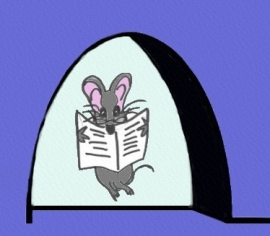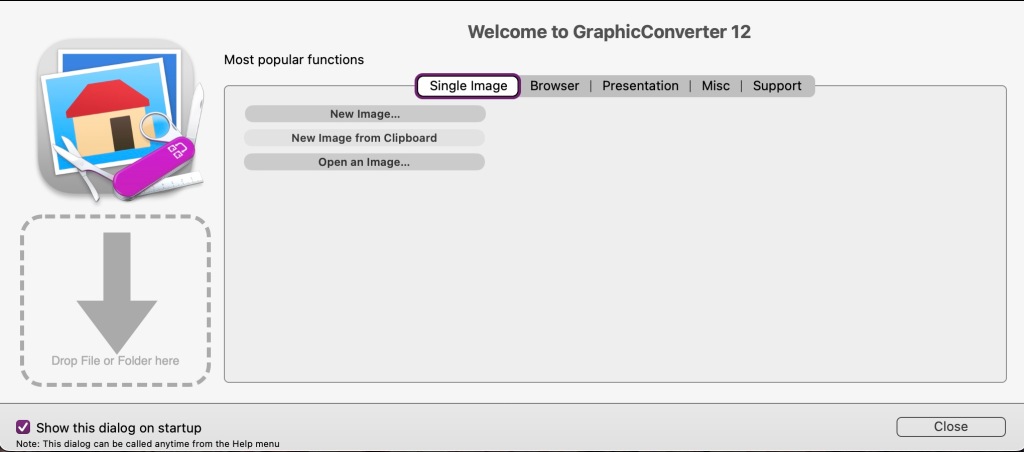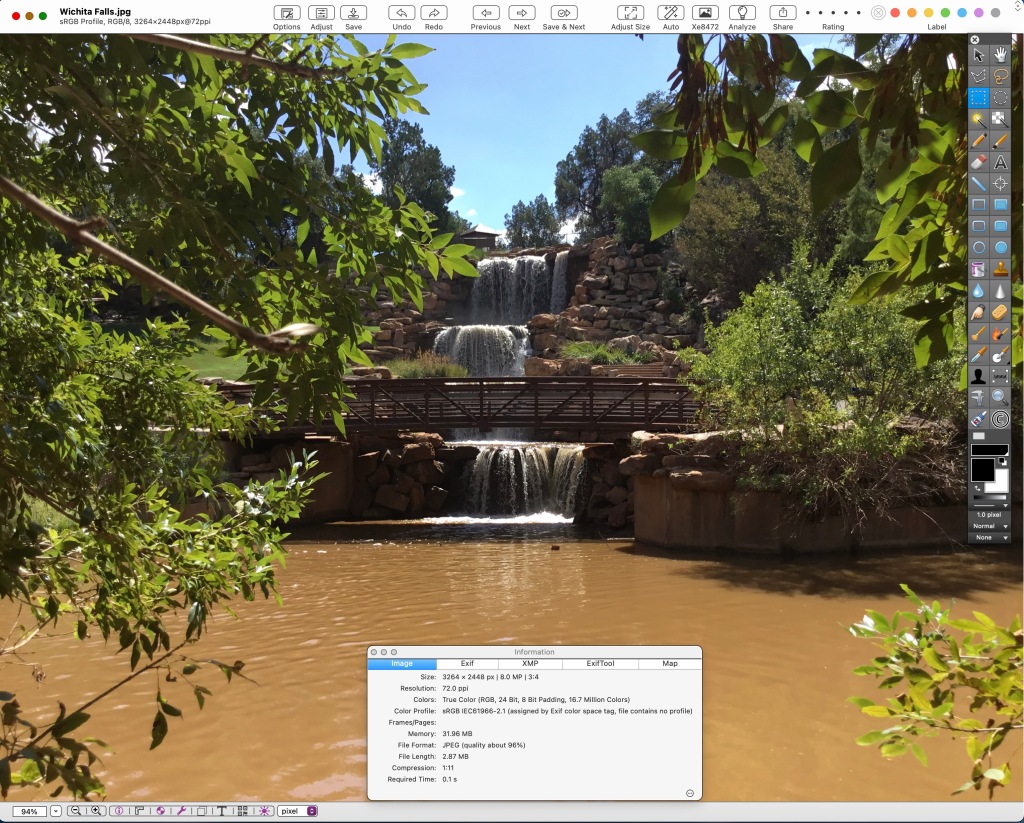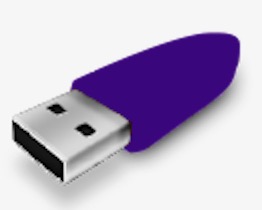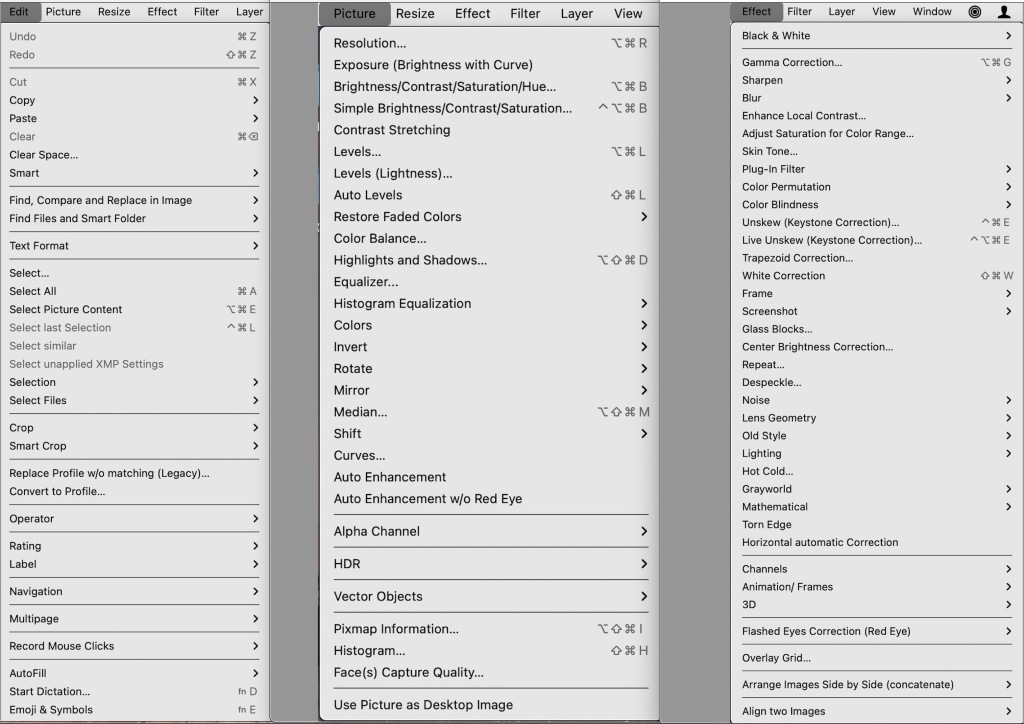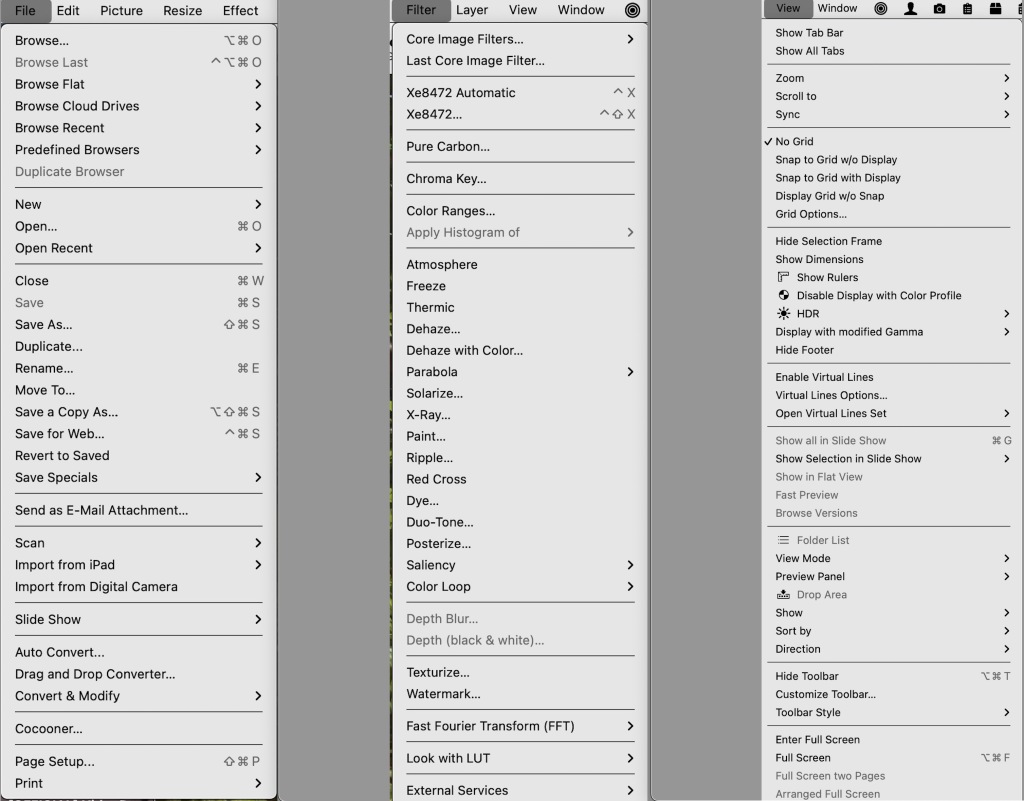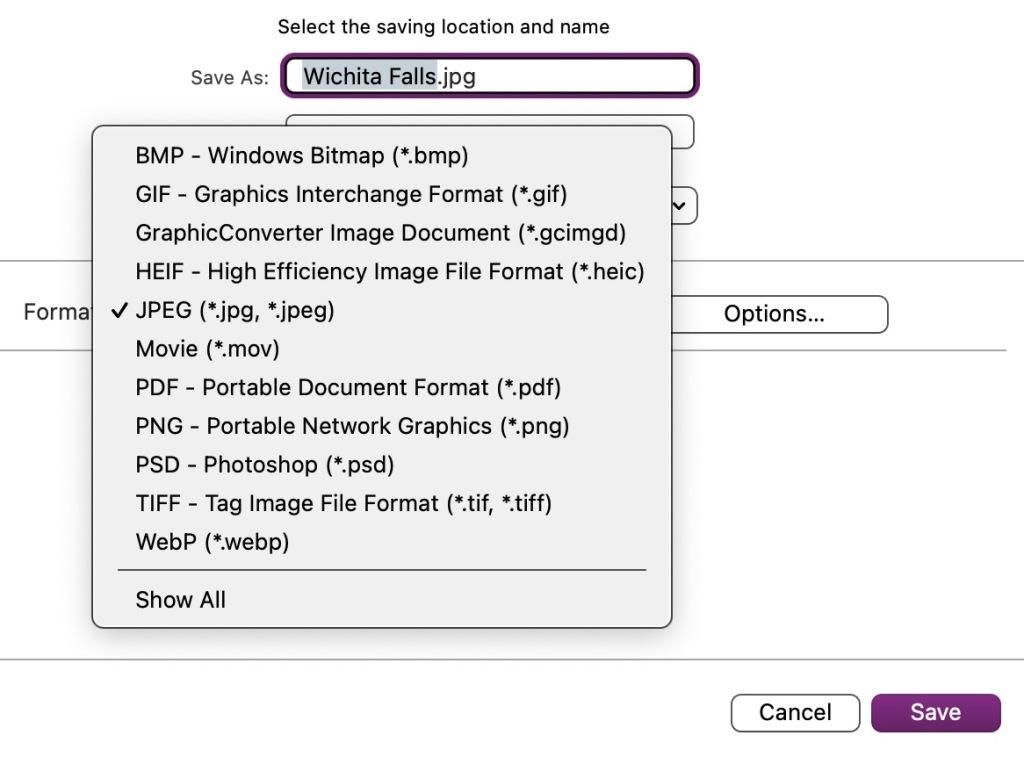by Marcel Dufresne
May 10, 2024
There are many graphic design applications available to buy. Choosing the right one can be a challenging task. If you are like me, you would want one with a great deal of functionality but still be easy to learn and use. The content of a built-in graphics library is also an important component. Logoist might be the one you are looking for. The name appears to imply that this application is mainly for creating logos but you would be wrong. Logoist offers everything you’ll need to bring any creative idea to life. It can be used by users of all levels, from novice to professional. With just a few clicks, you will have the makings of a brand-new graphic on your screen. With a few more tweaks, you will have a work of art that anyone would be proud of. Logoist is as complete a graphics program as you can find. It comes with over 3,000 clip art images so that you can start your project as soon as you open the application. Read on as I describe what it can do.

When you first open Logoist, you are presented with a new document window. The main window contains numerous document size suggestions. Choose from tall or wide to preset sizes for Facebook or Twitter. There is a ‘New Document’ button at the bottom of the screen that immediately gives you a blank artboard to fill. If your graphics project is more specific, you can scan the left-hand column. Here you find preset templates for logos, business cards, greeting cards and more. I will return to these later.

The New Document artboard is the starting point for most projects. The left-hand column provides all the necessary tools to create a graphic from scratch. At the top is the text or text box option. Shapes, lines, and free-drawing paths are next. The LiveShape option lets you draw freehand shapes in Logoist. It converts your drawing into paths and it automatically identifies how shapes need to be handled. It will snap your drawing into a perfect shape, and you can also adjust your drawing tools or adjust the shape of your drawings as desired. If this is too much trouble for you, then check out the clipart library for some templates. There are many more choices available here. Play around with them and become familiar with the power that is at your fingertips. I was able to create a birthday card for my grandson in a few minutes.

Using the 1-2-3 Logo! choice from the main window, you can quickly design stunning logos. Enter your name, initials, or a slogan and Logoist will present you with dozens of logo suggestions which can be customized as you wish. For example, you could replace letters with symbols or typographic effects and select a suitable colour scheme. Then you can use the editor and Logoist’s comprehensive range of tools to further refine the suggested logo.
The last choice on the main window is “Vectorize”. With this button, you can convert graphics, such as JPG or TIF files, into vector graphics and then open them in Logoist for editing. This feature generates resizable and editable paths from a bitmap or raster graphics image, which can then be enlarged, downsized or modified regarding their proportions without any loss in quality. The ‘enhance image’ feature enables you to optimize low-resolution images and remove artifacts, among other things.

The one choice from the main menu I was intrigued by was VectorAI. VectorAI will create vector artwork for you. Simply describe what you wish to see in the prompt window, hit generate, and you are presented with an AI version of your description. If you don’t like what you see, hit generate again. You can do this over and over again. This is how I generated the Spiderman graphic for the birthday card. In less than five minutes, I was able to create a new banner for my website. I used 1-2-3 to create the ‘Mause Review’ name. I then went to VectorAI and typed in ‘mouse reading a newspaper’. Putting the two together and I have a new banner. This process took over an hour a few years ago when I made my original banner. This amazing original drawing companion comes included with Logoist 5.1, and after you have downloaded the provided vector styles, no server connection is required. All the data stays on your device and is processed locally. Once you are happy with VectorAI’s suggestions, simply create a new Logoist project to further refine your results or export it as an image or vector file.

For the more knowledgeable user, Logoist can rescue highly compressed images with lots of jpeg artifacts or image noise and automatically remove image errors. To do this, simply import an image, let the new Enhance feature work its magic and marvel at what Artificial Intelligence and Machine Learning are capable of in image processing.
The one-time purchase of Logoist automatically includes Mac, iPhone, and iPad versions with full functionality. Get Logoist and then download the program for your other devices from the App Store for free. Logoist for iPad and iPhone offers you everything you are familiar with from the Mac version, but it has been specifically developed for the screen sizes of these devices.
Once you have finished editing your creation, you are ready to export your work. Logoist projects can be saved in a wide range of formats such as SVG, PNG, PSD, HEIF/HEIC and JPG. This makes it accessible for printing or other purposes. In addition, files can be shared using several options: “Messages”, “AirDrop”, “Notes” or “Add to ‘Photos'”. And of course, they can also be printed.

Logoist is the tool of choice for those looking to undertake a new project in the field of graphic design. From website graphics to logos, posters, invitation cards, business cards, and even complex illustrations, Logoist will create the works of art you are looking for. Logoist ensures an easy start for users without any prior experience with vector applications but puts powerful tools in the hands of professional users. There is an informative user manual as well as some video tutorials to help you to master the application. Click here to read more about all Logoist can do. Download a free version of it and try it out. The demo version is fully functional, but all pictures are watermarked. Check out the VectorAI component. If you are wanting to do a graphic arts project, then you can’t go wrong with Logoist 5.
